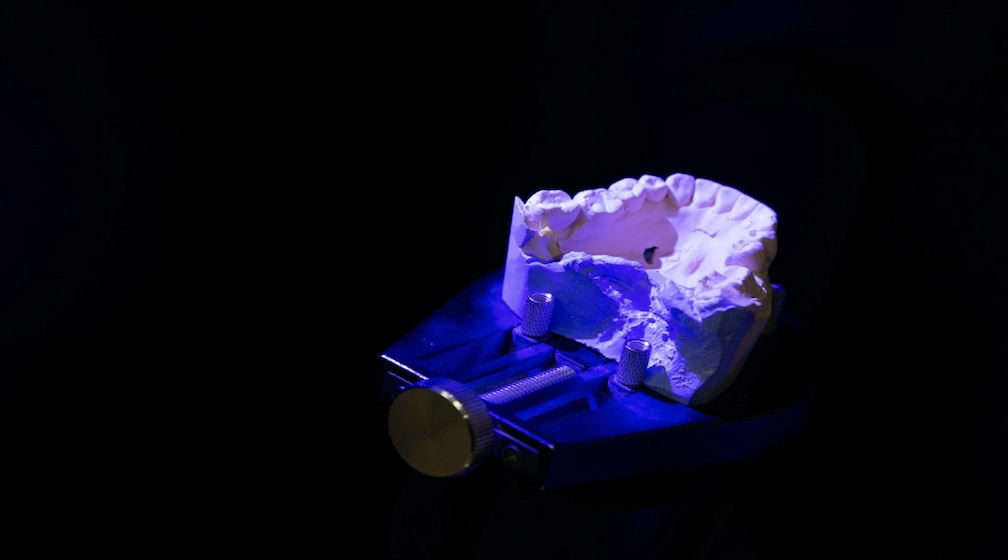Advance Healthcare Through Medical 3D Printing
- Written by Telegraph Magazine

Printing in Medicine
In recent years, 3D printing has become an increasingly popular tool in the medical field. From helping surgeons plan complex surgeries to creating customized prosthetics and implants, 3D printing is revolutionizing the way we practice medicine.
Medical 3D printing is a process of creating three-dimensional objects from digital models. It works by layering thin layers of material on top of each other until a predetermined shape is achieved. This process can be used to create almost any type of object, from toys to medical devices. In medicine, 3D printing allows for unprecedented levels of customization and precision when it comes to patient care.
One application of 3D printing in medicine is surgical planning and preparation. Surgeons can use 3D-printed models of a patient’s anatomy or organs to get a better understanding of their anatomy before performing surgery. This helps them plan out the best approach for their procedure and decide on the most efficient way to perform it safely and successfully with minimal risk to the patient. Additionally, using these models can help surgeons practice difficult manoeuvres prior to entering the operating room, ultimately improving outcomes for patients undergoing complicated surgeries such as organ transplants or brain tumour resections.
Printing for Medical Professionals and Patients
In the modern age of medicine, printing has become an invaluable tool for both medical professionals and patients. From creating printed records to providing information about medications and treatments, printing services have revolutionized the way healthcare is delivered. With technology continuing to advance at an unprecedented rate, it’s important for medical professionals and patients alike to understand how printing can benefit them.
For healthcare providers, one of the greatest advantages of printing is its ability to create accurate patient records quickly and easily. By using a printer with specialized software designed for medical purposes, doctors can keep track of patient information more efficiently than ever before. With this technology, they can quickly generate reports on diagnosis details or print out prescriptions in just a few minutes time – eliminating lengthy paperwork or waiting periods that often impede progress in traditional settings. Additionally, printed documents provide reliable backup copies if electronic systems fail or are otherwise damaged due to natural disasters or other unforeseen events.
Examples of Current Uses for Medical
In today’s world, the medical field is constantly evolving and advancing in technology. As a result, medical professionals now have access to an array of tools and resources that are used to improve patient care. From diagnostics to treatments, medical technology is being utilized in various ways across the healthcare industry. In this article, we will explore some of the current uses of medical technology in modern medicine.
One example of how medical technology is being used today is diagnostic imaging devices. These devices allow doctors and other healthcare professionals to quickly identify illnesses or abnormalities within a patient’s body without having to perform invasive procedures or surgeries. This type of imaging can be used for a variety of purposes such as detecting cancers and other diseases early on before they become more serious conditions.
Another great use for medical technology can be found in telemedicine solutions like remote monitoring systems and apps that allow patients to connect with their physicians from anywhere they are located at any time of day or night without having to leave their homes or offices. These systems provide real-time data about a patient’s health status that helps doctors make informed decisions about treatments more quickly than ever before.
Potential Future Uses for Medical
Medical technology is evolving rapidly, and new applications are being developed that could revolutionize the healthcare industry. In the near future, medical advances will make it possible to diagnose and treat diseases more accurately, quickly, and cost-effectively than ever before. Here are some potential future uses for medical technology that may soon become a reality.
1. Wearable Devices: Wearable devices such as smartwatches or fitness trackers can be used to monitor vital signs and provide early warning of health issues before they become serious problems. These devices can also be used to manage chronic conditions such as diabetes or heart disease by providing reminders for medication doses or lifestyle changes recommended by a physician.2. Telemedicine: Telemedicine is an emerging field that allows doctors to consult with patients remotely via video conferencing or other digital technologies. This means that even those in rural areas who don’t have access to specialists can get expert care without having to travel long distances for appointments or wait in line at a clinic.
3. Artificial Intelligence (AI): AI has the potential to revolutionize healthcare by helping physicians analyze vast amounts of patient data quickly and accurately in order to form diagnoses more efficiently than ever before possible with traditional methods alone.
Conclusion
Medical 3D printing has revolutionized the healthcare industry in a number of ways. Its ability to quickly and accurately create complex anatomical models for surgical planning, produce customized implants and prosthetics and even manufacture personalized medications has made it a valuable tool for medical professionals. It is clear that 3D printing has become an essential part of modern medicine, with the potential to improve patient outcomes, reduce costs, and increase access to treatments around the world. As 3D printing technology continues to evolve, its applications within medicine will only continue to expand.











